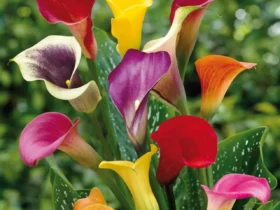Asters, also known as Michaelmas daisies, are enchanting flowers that adorn gardens and landscapes with their charming beauty. With their daisy-like appearance and a wide range of colors, asters bring vibrant splashes of joy to the autumn season. In this article, we will explore the fascinating world of asters, discovering their characteristics, symbolism, cultivation, and the role they play in adding color and vibrancy to gardens during the cooler months.
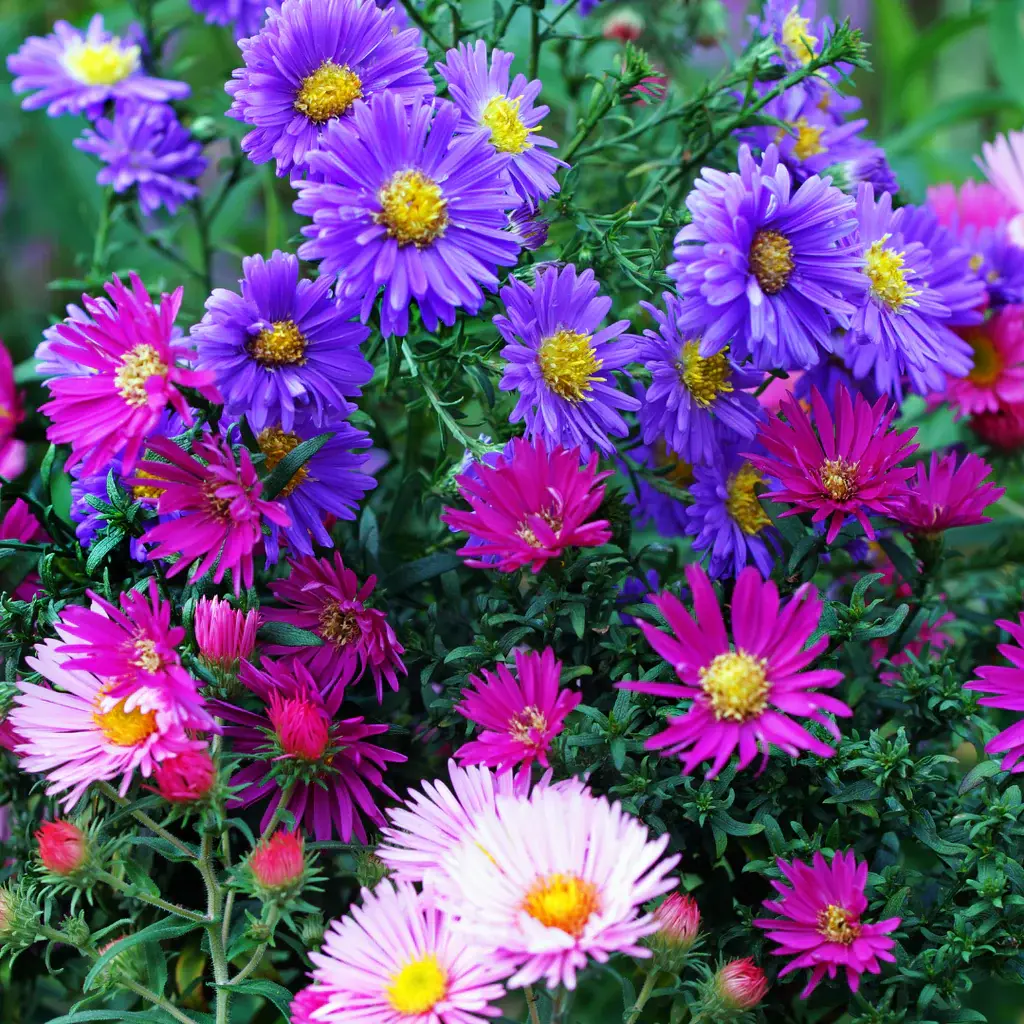
Appearance and Varieties
Asters belong to the Asteraceae family and are available in a diverse array of species and cultivars. These herbaceous perennials showcase delicate, daisy-like flowers with a prominent yellow center (known as the disc florets) surrounded by colorful petals (known as the ray florets). The petals can be found in shades of white, pink, purple, blue, and lavender, adding a vivid tapestry of hues to the garden.
Popular varieties of asters include the New England Aster (Symphyotrichum novae-angliae), with its rich purple or pink blooms, and the China Aster (Callistephus chinensis), which offers an assortment of vibrant colors. Other noteworthy species include the Michaelmas Daisy (Symphyotrichum x frikartii) and the Monte Casino Aster (Symphyotrichum lanceolatum), both valued for their graceful appearance and extended blooming periods.
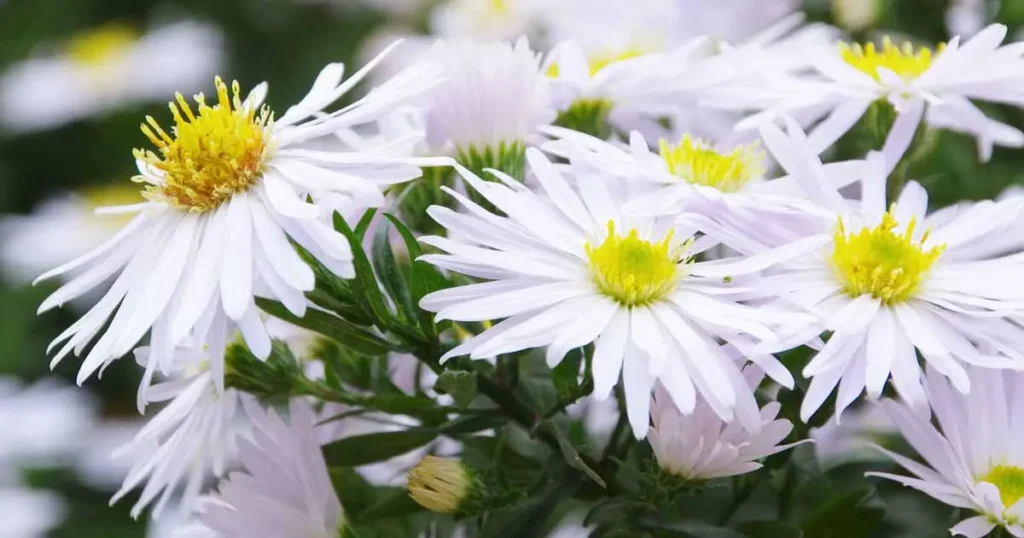
Cultivation and Care
Asters are generally easy to grow and require minimal maintenance, making them a favorite choice among gardeners. They thrive in well-draining soil with moderate moisture levels, preferring full sun or light shade. It is advisable to plant asters in spring or early summer, allowing them ample time to establish roots before the flowering season.
Regular watering is essential, especially during dry spells, to keep the plants hydrated. Applying a layer of organic mulch around the base of the plants can help conserve moisture and suppress weed growth. Deadheading spent flowers encourages prolonged blooming, while division every few years helps maintain plant vigor and prevents overcrowding.
Symbolism and Meaning
Asters carry rich symbolism and have various meanings across different cultures. In general, they are associated with charm, love, and patience. In ancient Greek mythology, asters were believed to be created from the tears of the Greek goddess Astraea, symbolizing innocence and purity. In the language of flowers, asters often represent enchantment and elegance, making them popular choices for bouquets and floral arrangements.
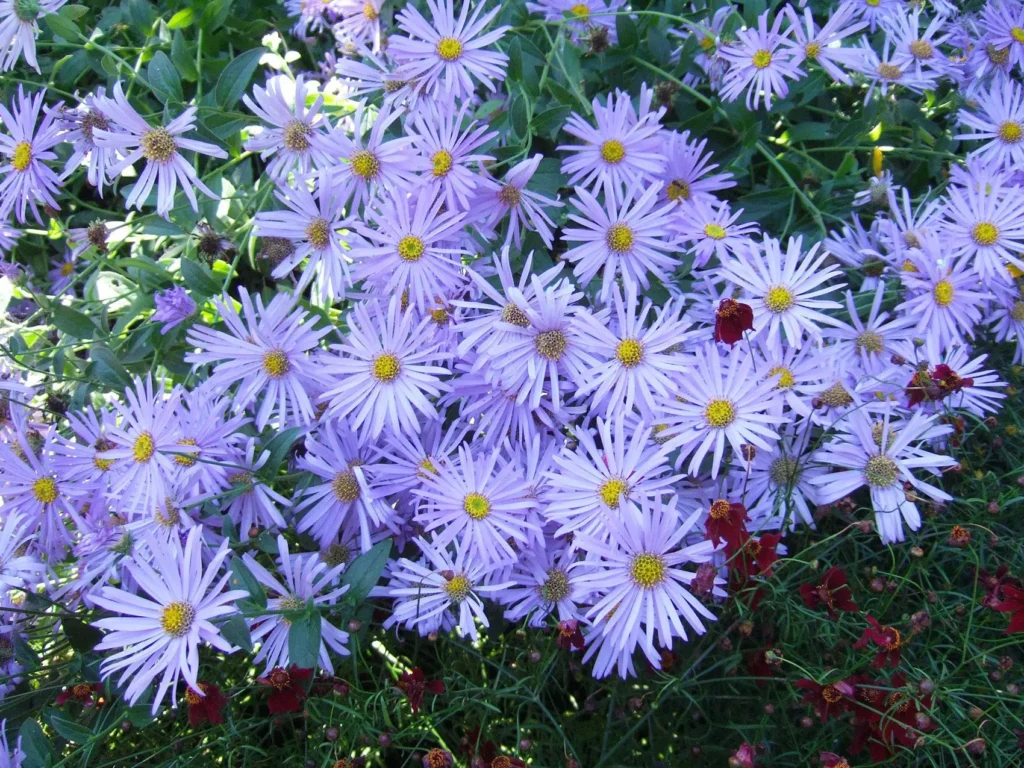
Garden Benefits and Wildlife Attraction
Asters are not only visually captivating but also provide numerous benefits to the garden ecosystem. Their late-season blooms act as a valuable nectar source for butterflies, bees, and other pollinators, helping sustain populations and promote biodiversity. The plants also attract beneficial insects that can aid in controlling pests, creating a balanced and healthy garden environment.
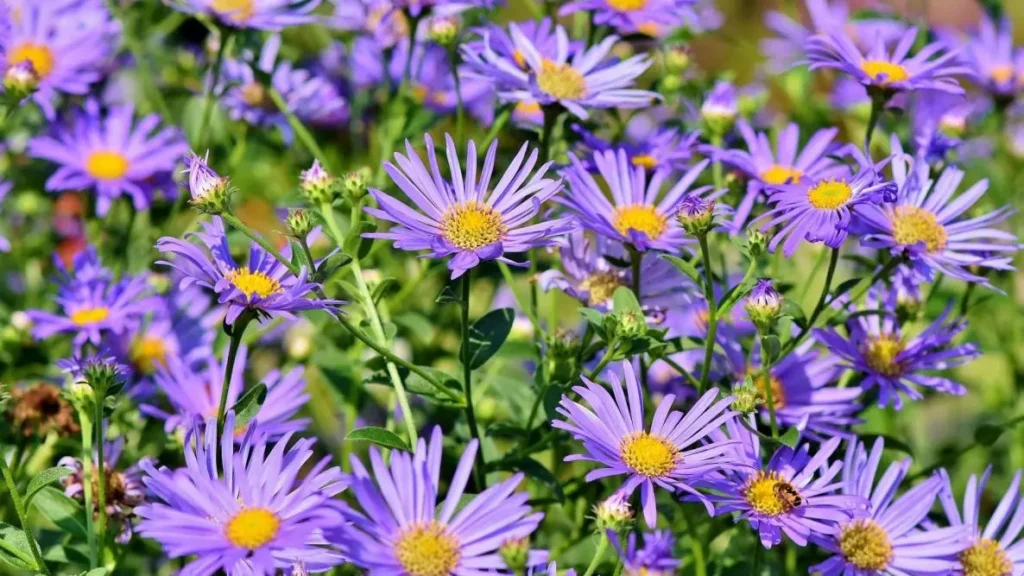
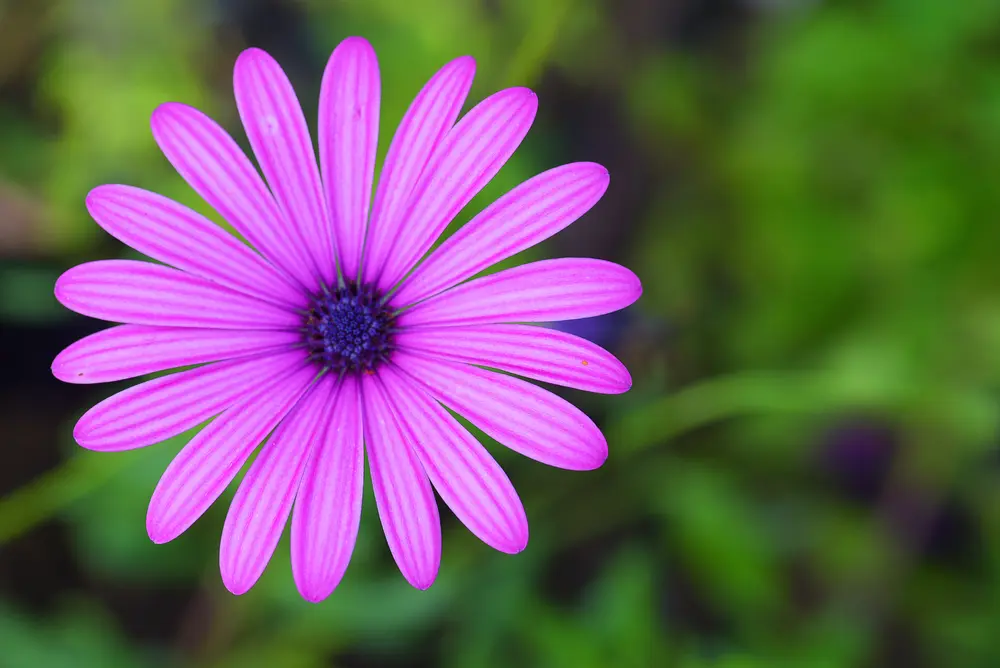
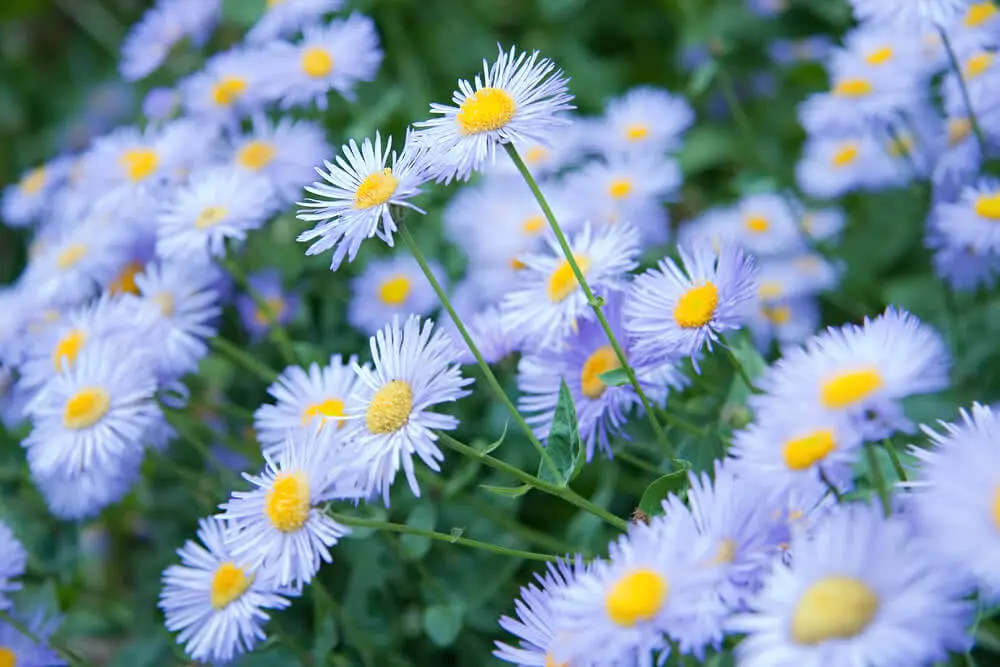
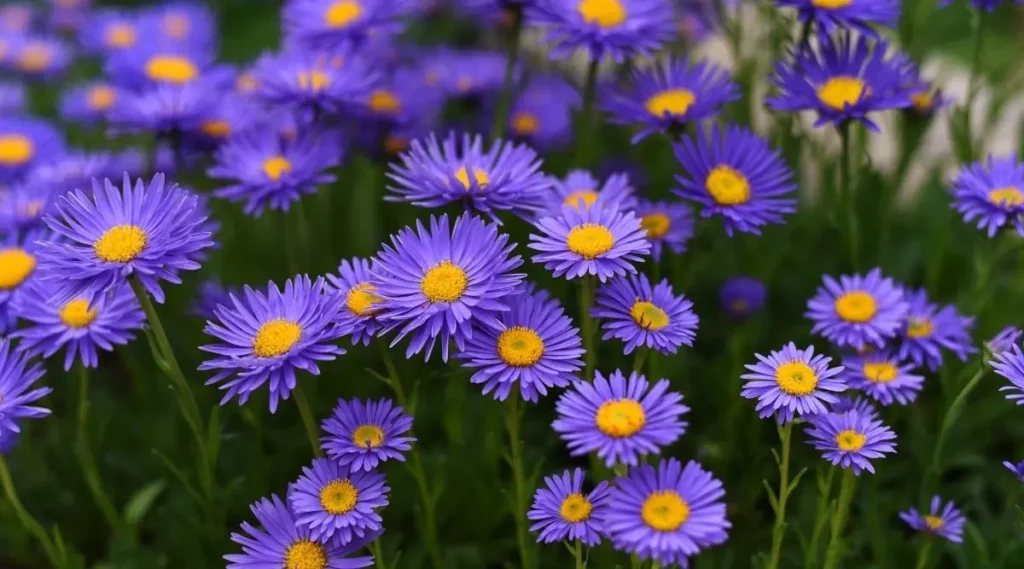
Asters, with their daisy-like blooms and vibrant colors, bring a delightful touch of charm and beauty to gardens during the autumn season. From their delicate petals to their rich symbolism, these flowers have captured the hearts of gardeners and flower enthusiasts worldwide. With their easy cultivation, ecological benefits, and capacity to brighten up landscapes, asters are a must-have addition to any garden looking to extend the blooming season and create a captivating display of autumn colors.
